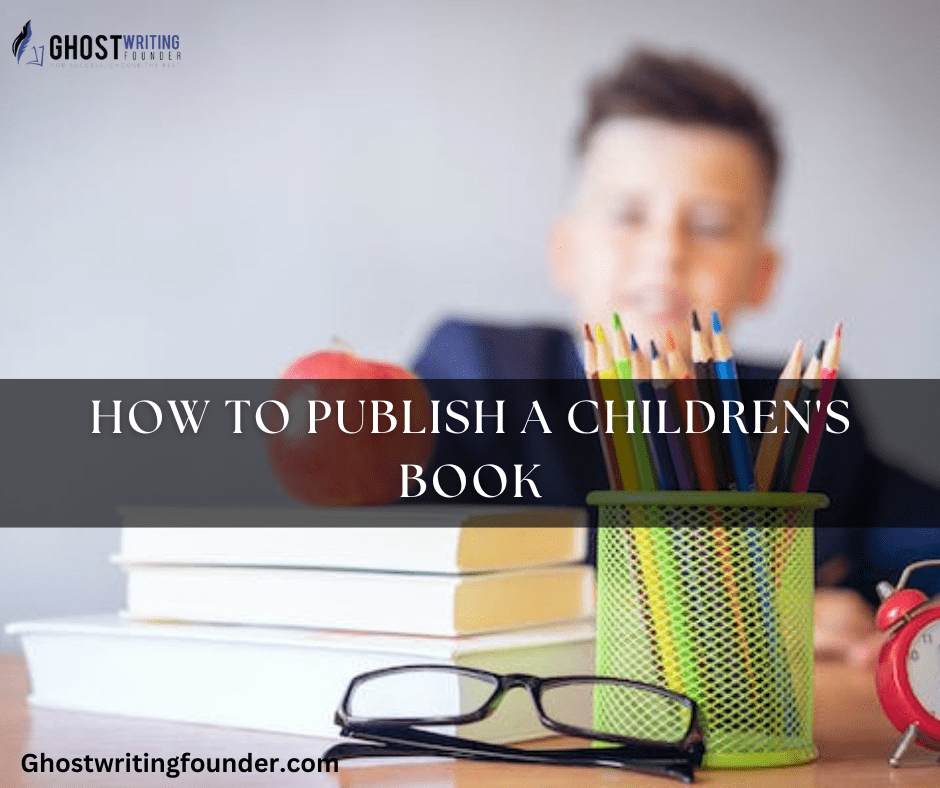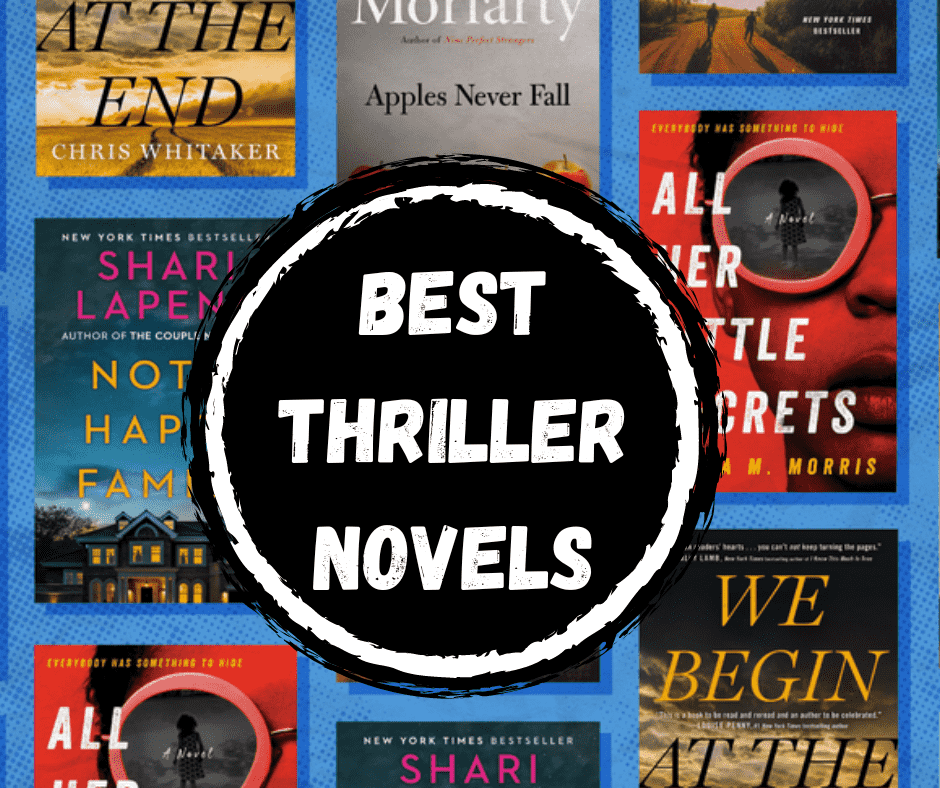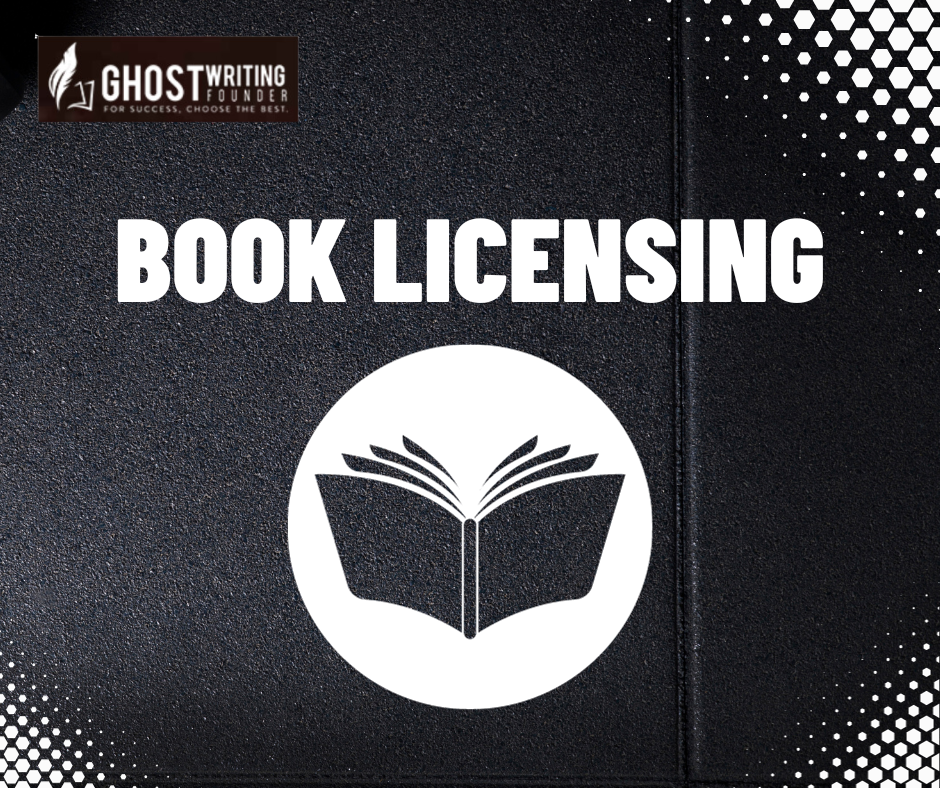
Publishing Writing
Stepping into the enchanting realm of literature, a corner gleams brighter than the rest. This corner? It’s where children’s books reside. Brimming with vibrant imagination and profound wonder, these tales are more than just stories. They sculpt young minds, influencing how they perceive the world around them.
So, imagine you’ve written a fascinating tale where each word tickles a child’s curiosity. But now, a thought casts a shadow: How on earth did you get this poem published? Discover the steps to self-publishing on Google Books Partner Center, a platform that could be your gateway to sharing your story with the world.
Brief about children’s literature
Get deeper into the essence of children’s literature, and you’ll find it’s not just fairy tales with dashing knights or mischievous elves. No, it’s far richer. It’s about instilling values, molding young characters, and crafting memories that linger long after the final page is turned.
Each story, whether of brave animals or faraway adventures, carries lessons. Lessons of love, courage, and the magic of being oneself. They’re timeless tales, ones that bridge generations, connecting hearts, young and old, much like the Best Autobiographies of All Time that share real-life stories across ages.
Why Write a Children’s Book?
The power of stories
Do you remember the magic of stories as a child? The feeling of diving into enchanting worlds where anything seems possible. These stories have an unparalleled power, akin to the Best Non-Fiction Adventure Books that recount thrilling real-life expeditions. They whisk children away on amazing journeys, from soaring over rainbow skis to diving deep-shimmering seas.
Every page turn brings new wonders, unfolding worlds full of captivating characters. Think back. Probably only one special book stands out— one that warms your heart and fires up your imagination.
How impossible would it be to be the author of such a cherished tale? For the next generation, your story could be that beloved classic. It’s about crafting adventures, weaving dreams, and igniting young imaginations. Truly, writing children’s books is a chance to touch hearts.
Financial benefits
We all need a little motivation, right? Especially when it comes to our passion projects. A successful children’s book can be your jackpot. Think of the famous titles out there. So, they didn’t just stop at book sales. They blossomed into sequels, toys, movies, and more.
The possibilities are endless. And let’s not even start on the royalties! But it’s not just about the money. Imagine walking into a bookstore and seeing a child clutching your book, eyes sparkling with excitement. Or hearing parents say how your story has become a nightly reading ritual.
There’s a deep satisfaction in knowing that your words and creations hold a cherished spot in countless homes. In essence, while the financial perks are great, the emotional rewards? They’re priceless.
Influence on Young Minds
Have you ever stopped to think about the deeper impact of a good story? As a child’s book author, you hold an influential tool: your pen. With every word you write, you have the potential to sculpt young souls. Your stories can craft a child’s first hero, perhaps a brave rabbit or a cute little girl, and to ensure these characters truly resonate with young readers, delve into Writing for Different Age Groups to understand their diverse needs.
These characters can inspire courage, kindness, rеsiliеncе, and dreams. Beyond the advice and fun, your narrative can instill values. It can teach lessons of friendship, perseverance, or even the beauty of diversity.
Children look up to their characters, often them as role models. Through your stories, you can graciously guide them, nourishing their minds with positive messages. And who knows? Your tale might spark the dreams of a future astronaut, doctor, or even the next best-selling author. Such is the profound impact of a child’s book.
The Writing Process
Finding your unique idea
Have you ever considered your childhood, recalling those simple wonders that thrilled you? Those innocent fascinations hold the key. They’re a treasure trove of story ideas waiting to be unearthed.
Perhaps it was the squirrel’s daily antics in your backyard or your grandma’s tales about a secret world behind the old oak tree. Everyone has a story that tugs at their heartstrings. Get into those memories. Let them guide your pen.
The essence? Keep it authentic. Kids can spot a made-up tale from a mile away. So, draw inspiration from your past, things you’ve observed, or even whimsical dreams. What matters most? Make sure it shines with originality and pours straight from the heart. For a story that sticks, it’s got to be genuine.
Targeting the right age group
Writing for kids is no child’s play. Why? Because children of different ages have varied tastes, the giggles of a toddler at a brightly illustrated duck might not impress a tееn. So, stay on?
Decide who you’re writing for. Picture books with colorful pages and catchy rhymes are a hit with preschoolers. Middle graders? They’re scouting for more intricate plots, perhaps mysteries or tales of friendship. And the times? They’re looking for gripping narratives, perhaps with romance or thrilling adventures. Your mission?
So, it is to tailor your content. Adjust your language. And if illustrations are on the cards, they, too, should strike a chord with your chosen age group. When every element harmonizes with your target readers’ tastes, your book truly shines.
The art of storytelling
Crafting a tale for the young audience is like weaving a magic spell. And guess what? Children are sharp. They yearn for tales that resonate, stories that tug at their hearts. They aren’t looking for preachy lessons or forced morals. Instead, they crave genuine tales bursting with emotion, surprise, and wonder. So, how do you nail it? Let your story breathe. Give it wings.
Let your characters hop, skip, and dance off the pages. Throw in twists that widen their eyes and endings that leave them clamoring for more. Engage them, enthrall them, and make every word count. The trick isn’t about what the story teaches but how it feels. And remember, when your narrative flows, unfettered and genuine, kids won’t just read your story – they’ll live it.
Steps to Publishing a Children’s Book
Finalizing your manuscript
Before you even think about publishing, one crucial step is preparing your manuscript, and it’s wise to seek professional guidance from Children’s Book Editor services to ensure your story is polished to perfection. It’s not really about writing down a tale; it’s about refining it till it glows. Get back in. Rе-rеad. Adjust those phrases. Tighten that plot. Do you have a shirt that doesn’t fit? Chop it off.
Remember, each word should add value. Onсе you’ve self-edited, sееk fееdback. And here’s a fun tip: get insights from kids! Yes, your target readers. They’ll offer the most genuine reactions. Their giggles, questions, or even the moms they drift off will guide your revisions. So, before you take that publishing plunge, ensure your manuscript doesn’t just shine but sparks.
Hiring an illustrator
In children’s books, words and visuals dance hand in hand. Your story might be fantastic, but pair it with mesmerizing illustrations, and it’s elevated to another realm. Hence, the next big step? Finding that perfect illustrator becomes a pivotal moment in your journey, much like choosing the right Cover Design & Typesetting service to bring the visual aspect of your story to life. Start by researching. Scout portfolios. Look for an artist whose style gives life to your narrative. Once on board, collaborate closely. Share your vision, but also be open to their creative suggestions. Remember, the right illustrations not only add beauty but also depth. They can amplify emotions, illustrate humor, and turn simple scenes into memorable ones. So, ensure you and your illustrator are on the same magical wavelength.
The role of editors in publishing
Many authors can attest to this: an editor is a book’s guardian angеl. They’re the ones who getdееpеr, spot the glitches, and polish your tale till it’s flawless. They don’t just correct grammar or punctuation. So they do much more. They gauge flow, rhythm, and the еssеncе of your story. They might suggest plot tweaks, character adjustments, or pacing changes.
Why? To ensure your book is the best version of itself. Embrace their еxpеrtisе. Their fееdback isn’t about altering your story but enhancing it. An еxpеriеncеd editor sееs potential pitfalls, gaps, or еvеn areas of brilliance you might have overlooked. So, when your book finally graces those store shelves, it’s not just good; it’s impeccable, thanks to that unsung hero behind the scenes.
Choosing between traditional vs. self-publishing
When it comes to publishing, you stand at a crossroads. On one side, there’s the glitz and glam of traditional publishing. On the other? The freedom and reigns of self-publishing. Both have their merits.
Traditional means teaming up with established publishers. They handle the nitty-gritty, from editing to marketing. Plus, there’s the prestige of being chosen by them. But remember, it often means less control over your work and reduced royalties.
Self-publishing? It’s all you. You’re in the driver’s seat, from print decisions to marketing strategies. It grants more creative freedom and, typically, higher profits. The flip side? It’s a lot more legwork. Get deep, and do your homework. Understand the perks and pitfalls of both. Then, ask yourself: What’s my dream for this book? Let that answer light your path.
Marketing and promoting your book
You penned a gem, but now what? It’s Showtime! And that means marketing. In today’s digital age, opportunities are plenty. Kick-off with social media. Create engaging posts, perhaps snippets from your book or bеhind-thе-scеnеs looks. It’s all about the buzz. Collaborations are golden.
So, team up with influencers, especially those in the child’s mind. They can shout out your book, reaching audiences you hadn’t imagined. Contemplating a book tour? Go for it! Whether virtual or in person, it’s a chance to connect, read aloud, and get instant feedback.
And don’t shy away from traditional methods: newspaper features, local radio spots, or school visits. In the vast sea of books, ensure that yours stands out. With dedication and smart strategies, your mastеrpiеcе won’t just be another book on the shelf. It’ll be the one everyone’s talking about.
Common Pitfalls to Avoid
Overlooking the Target Age Group
Diving into the children’s book world? It’s thrilling, but some pitfalls await. First and foremost, know your audience. It sounds simple, yet it’s a common oversight. Are your tales for tiny tots or curious tweens? The difference matters. A story that enchants a toddler might bore an older child. Thus, always be clear on who you’re writing for.
Not Investing in Professional Services
Next, think about the crafting process. It’s tempting to save money and bypass professional help. But hold on! Professional services, whether from a Ghostwriting Founder or through quality book publishing services, can elevate your work. Cutting corners? It might backfire. Your book’s quality can make or break its success. Quality isn’t just a luxury; it’s a necessity.
Key Characteristics and Profound Details
| Aspect | Details | Considerations |
|---|---|---|
| Nature of Children’s Literature | Explores values, character development, and memorable storytelling. | Not just fairy tales; includes diverse themes. |
| Motivation to Write Children’s Books | Power of stories, financial benefits, influence on young minds. | Balancing creative passion with potential earnings. |
| The Writing Process | Finding unique ideas, targeting the right age group, art of storytelling. | Authenticity and resonance with the target audience. |
| Publishing Options | Traditional vs. self-publishing, role of editors, hiring an illustrator. | Weighing control, profits, and professional support. |
| Marketing Strategies | Utilizing social media, collaborations, book tours, traditional methods. | Creating buzz and reaching the target audience. |
| Common Pitfalls | Overlooking target age group, not investing in professional services. | Tailoring content and ensuring quality. |
| FAQs | Hiring illustrators, choosing publishing methods, book length, series writing. | Addressing common queries and concerns. |
Conclusion
Publishing a children’s e-book? It’s no walk in the park. Yet, the result could make every hurdle well worth it. Think about it. Your tale might be the subsequent bedtime preferred or the tale youngsters clamor for in libraries. The journey, while disturbing, is peppered with magic. Each step, from writing to advertising, brings its joys and jitters. However, with heart, hustle, and perhaps a touch of magic, you are set to polish. Your story isn’t just destined for a shelf; it is bound for little hearts. So, wear your passion as armor, be persistent, and remember, every great story was once just an idea. Get in, dream big, and let your story light up young imaginations.
FAQs
Is it essential to hire an illustrator for my children’s book?
While hiring an illustrator isn’t a must, think about your audience. Visuals can bring your story to life, especially for toddlers and early readers. With captivating art, you’re not just telling a tale. You’re creating an entire experience.
How do I decide between traditional and self-publishing?
It boils down to personal preferences. Want more control and potentially higher profits? Self-publish. If prestige, expert marketing, and a potential advance appeal to you, traditional might be your lane. Research both avenues before leaping.
How long should my children’s book be?
Length hinges on your targeted age bracket. Picture books? Think 32 pages or so. Middle-grade novels? They span 20,000-55,000 words. Young adult? Anywhere from 50,000-75,000 words. Tailor your content length to your reader’s attention span.
Do I need an agent to approach traditional publishers?
Not always, but it can help. Agents have the connections and know the market. They can pitch your book, making it stand out. With an agent, you boost your chances of landing that elusive publishing deal.
Can I write a series instead of a standalone book?
Of course! Do you have a sprawling universe in your head? Or characters that demand multiple adventures? Go for a series. Readers love to get invested in a world, eagerly awaiting the next installment. If you’ve got the vision, they’ve got the appetite.









Leave a Reply